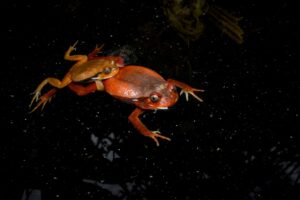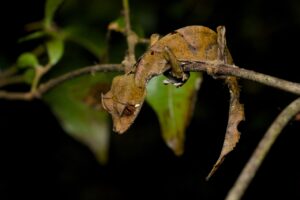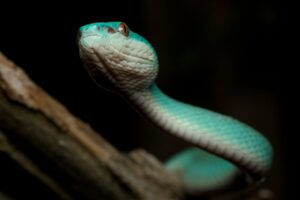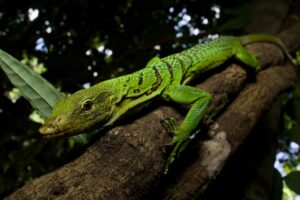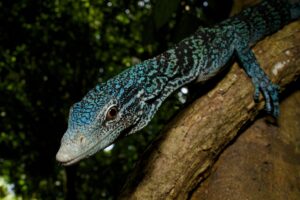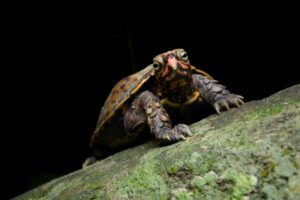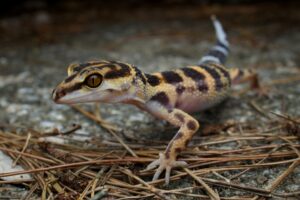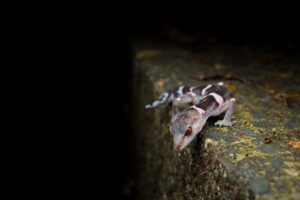This time, I set out to find one of the most beloved reptiles among enthusiasts around the world: the “Leopard Gecko”—more specifically, the Eastern leopard gecko (Eublepharis macularius). I went to one of its native habitats, Iran, to observe them in the wild.
In Iran, they inhabit extremely arid desert regions. Not only are insects like grasshoppers (their primary prey) scarce, but the density of geckos themselves is also extremely low. In the past, over-collection for the pet trade has further reduced their numbers, making wild sightings very difficult.
Over the course of about two weeks, I traveled over 7,000 kilometers across Iran, searching for three species of the genus Eublepharis that live in the country. Here’s a report of my findings:
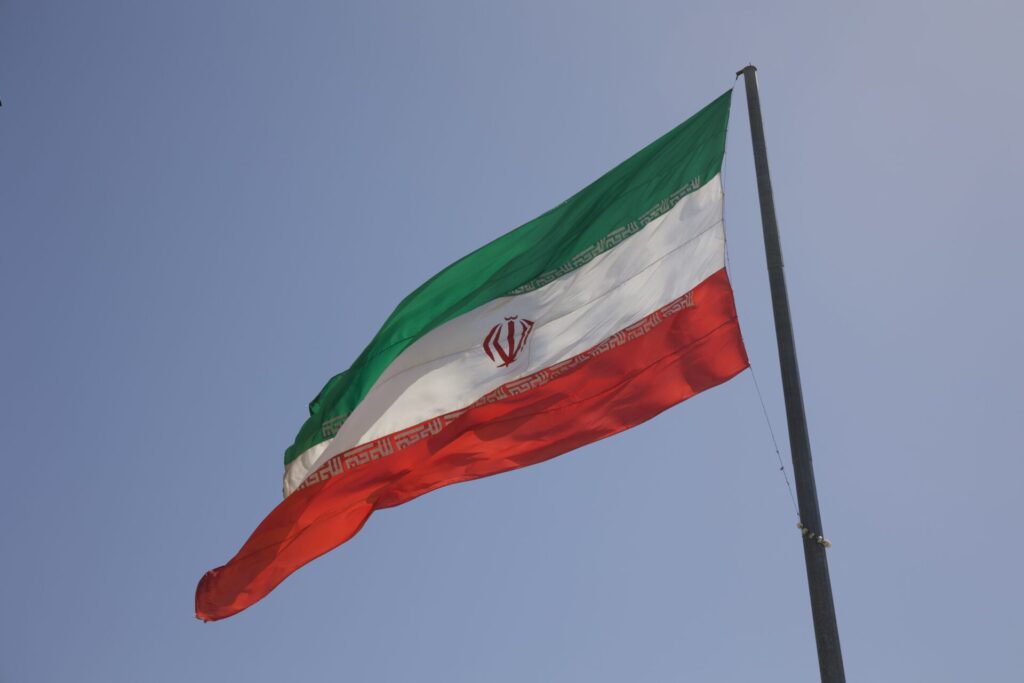
① Eublepharis macularius (Eastern leopard gecko)
This species is distributed across eastern Iran.
In early May, daytime temperatures in its habitat exceeded 50°C (122°F), while humidity remained below 10%. I didn’t sweat at all, but my lips dried out so much that I couldn’t talk without lip balm.
In the evening, we moved to the target location and waited for nightfall before starting our herping.
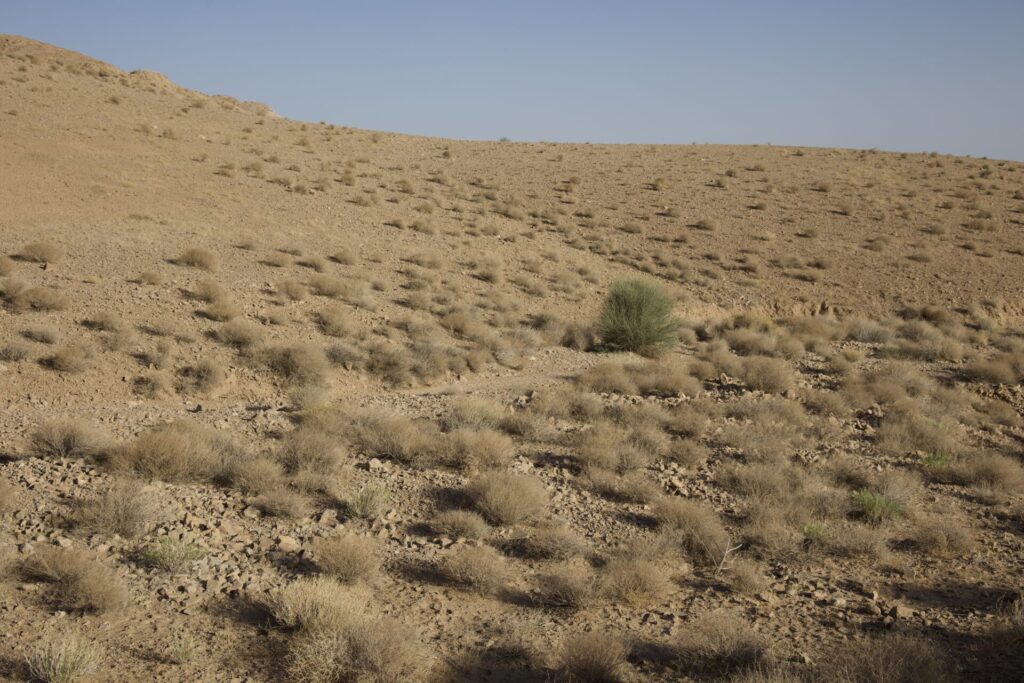
What surprised me first was the ground surface of their habitat. Unlike the fine sand commonly used in captivity, the substrate was composed of large gravel-like particles. Upon touching it, it felt like dried and compacted mud—light and easily breakable.
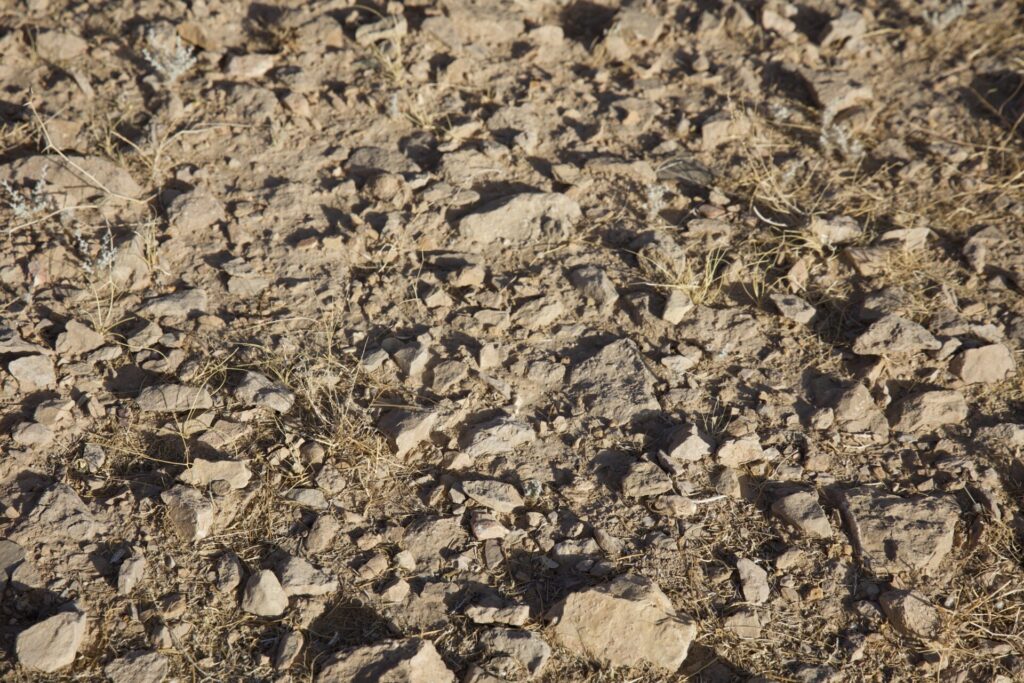
There were almost no plants nearby for cover, suggesting that during the day, they likely hide under large rocks.
Some areas resembled wadis—dry riverbeds that only flow with water during the rainy season—indicating that rainfall, though rare, does occur in short bursts.
As we started walking, we encountered grasshoppers, spiders, mantises, and more, giving the impression that prey was surprisingly abundant.
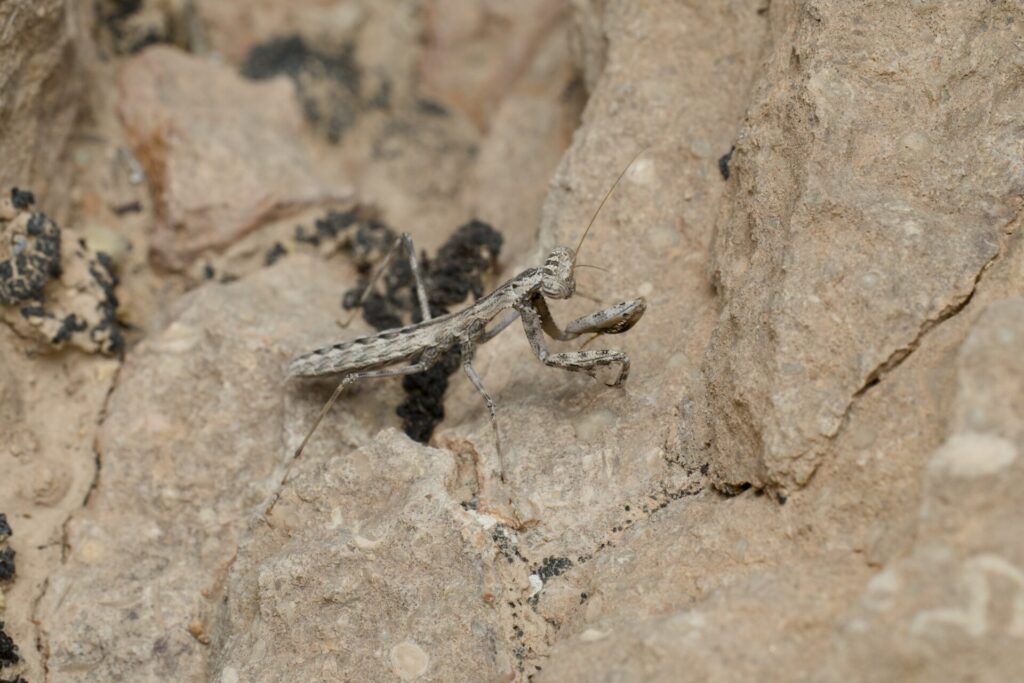
At midnight, the temperature was 24.9°C (76.8°F). I was surprised by the sharp difference between day and night temperatures. When I reached into rock crevices during the day, they felt cool, suggesting that shaded spots might stay relatively cool even during the scorching daytime.
A few small plants could be found here and there, indicating that the area wasn’t a completely barren desert and had trace amounts of moisture.
According to climate data, July is the hottest month, with average highs of 31°C and lows of 21°C. In contrast, January sees highs of 7°C and lows around 0°C. Though harsh, the environment provides plenty of large rocks and crevices where geckos may hibernate, likely creating stable microhabitats.

② Eublepharis turcmenicus (Turkmenistan leopard gecko)
This species is found in northeastern Iran. We searched in a desert region near the border with Turkmenistan.
Daytime temperatures reached around 30°C, while nighttime temperatures were about 18°C. Unlike the previous site, the sky was cloudy and the air felt cool. The humidity hovered around 25%, and small plants were abundant.
With strong winds, the perceived temperature felt closer to 15°C. Everyone wore long-sleeved jackets during our herping session. Locals told us this temperature range is still normal for gecko activity.
We reached our site after sunset and began the search. Thanks to the vegetation, we could hear insects chirping—it was our first “night with sound.”
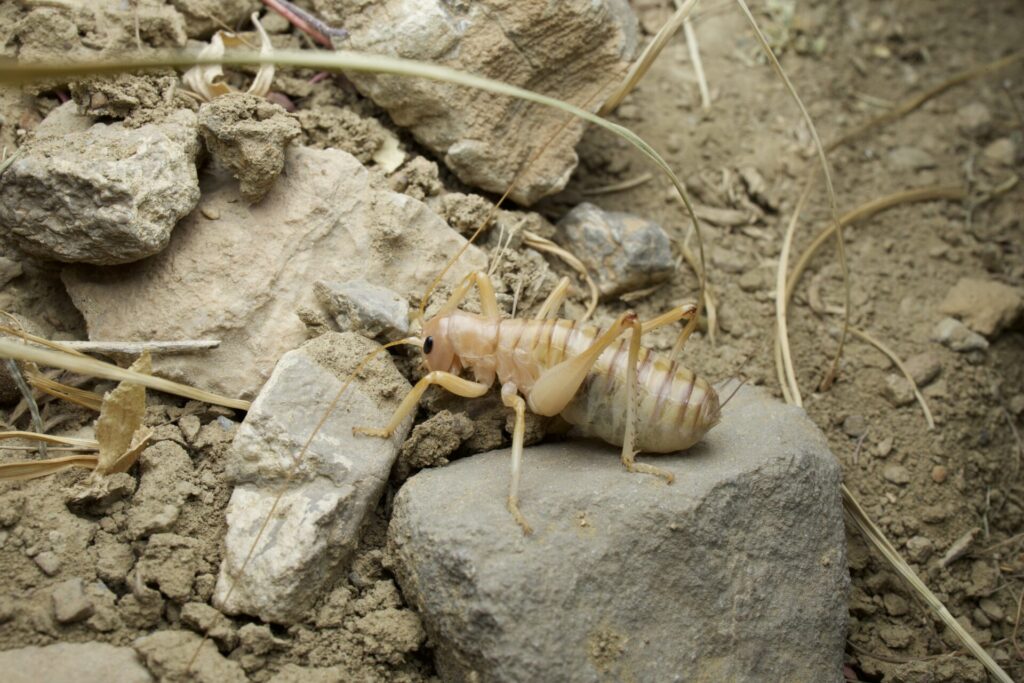
The ground had some scattered large stones, though not as many as in the previous habitat. The area was more mountainous, indicating that this species inhabits hilly or rocky regions.
According to local climate data, July averages a high of 35°C and a low of 23°C, while January temperatures range from a high of 14°C to a low of 1°C.
One of our team members briefly spotted a gecko, but we weren’t able to photograph it. Hopefully, we’ll have better luck next time.
③ Eublepharis angramainyu (Iraqi fat-tailed gecko)
This species is found in western Iran. We conducted our search near the Iraq border. Compared to the previous two species, this one is relatively easier to observe if conditions are favorable, making it a great target if you’re focusing on just one species.
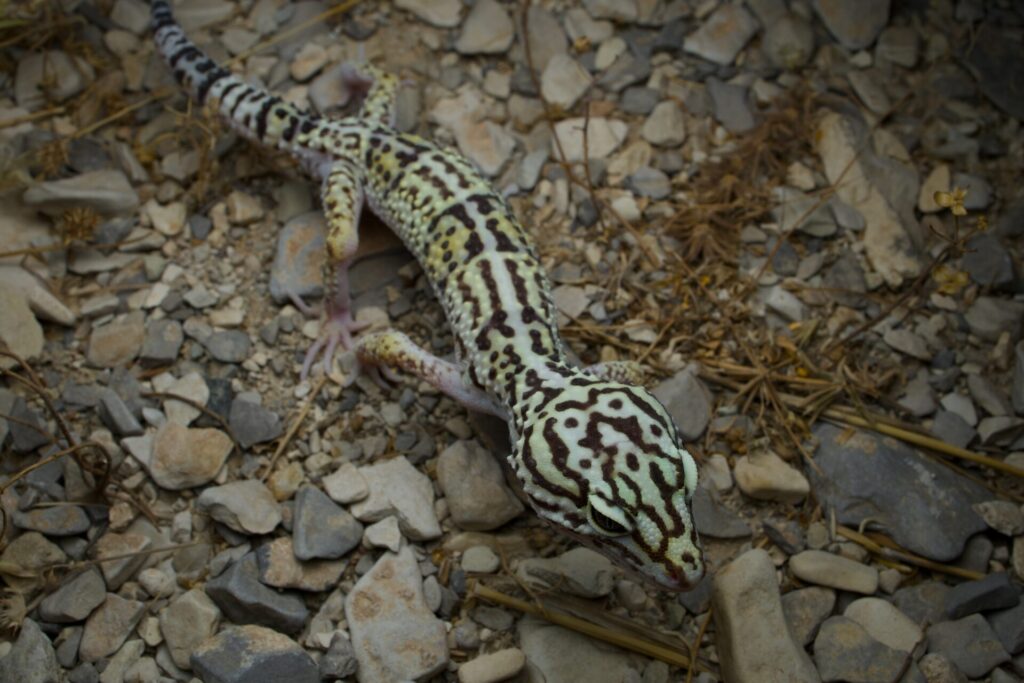
Daytime temperatures exceeded 48°C (118°F), and nighttime temperatures were around 25°C. Humidity remained under 10%. The surrounding area was a gravel desert dominated by limestone, and the white ground surface reflected the sunlight intensely, making it feel like the hottest site we visited.
Due to the arid conditions, laundry dries in just a few hours even without wringing. Direct sunlight burned the skin, and the high elevation made the sun feel even closer.
At night, we began our herping. Eublepharis angramainyu was frequently spotted along gravel roadsides. We observed many prey species, including locusts and camel spiders. We even saw one gecko feeding right in front of us.
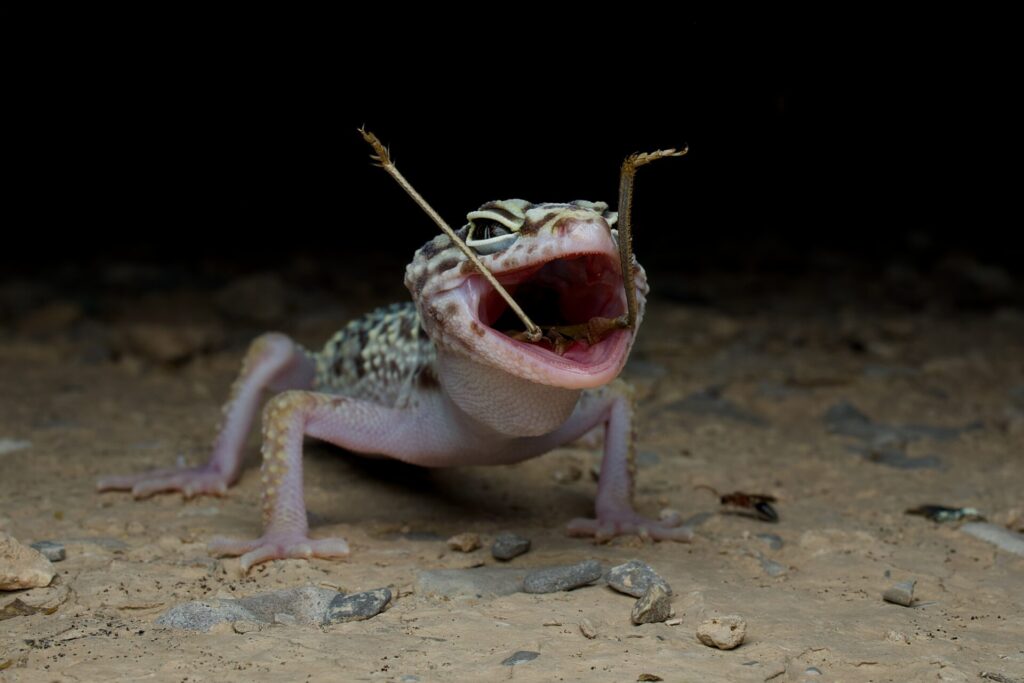
Of the four individuals we observed, three had complete, unregenerated tails—an impressive find.
According to climate data, July averages a high of 37°C and a low of 23°C. In January, it drops to a high of 9°C and a low of 1°C. However, locals reported temperatures occasionally fall to -10°C with snow accumulation. This site felt like the harshest environment among the three.
Final Notes
This concludes the introduction to the habitats of the three Eublepharis species I searched for in Iran. There’s so much more I’d like to write, but it would easily turn into a book! If you have any questions, feel free to leave a comment.


